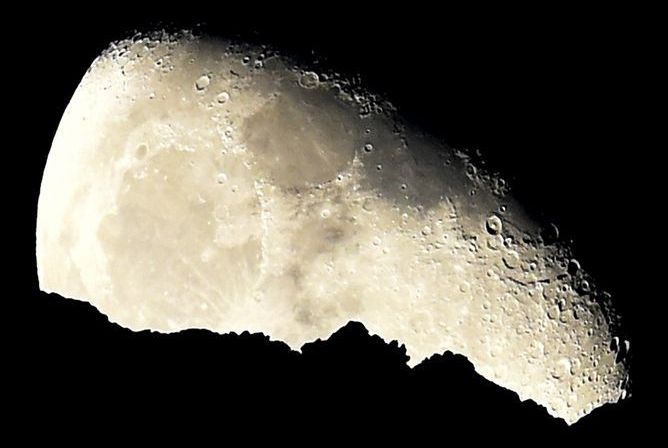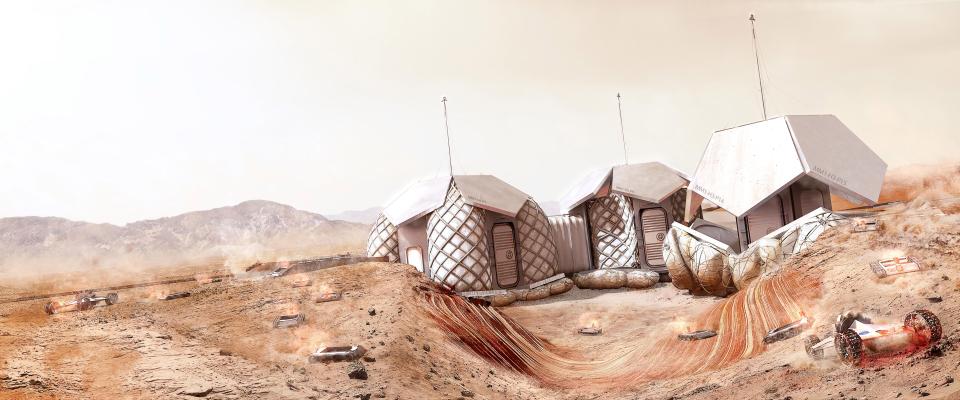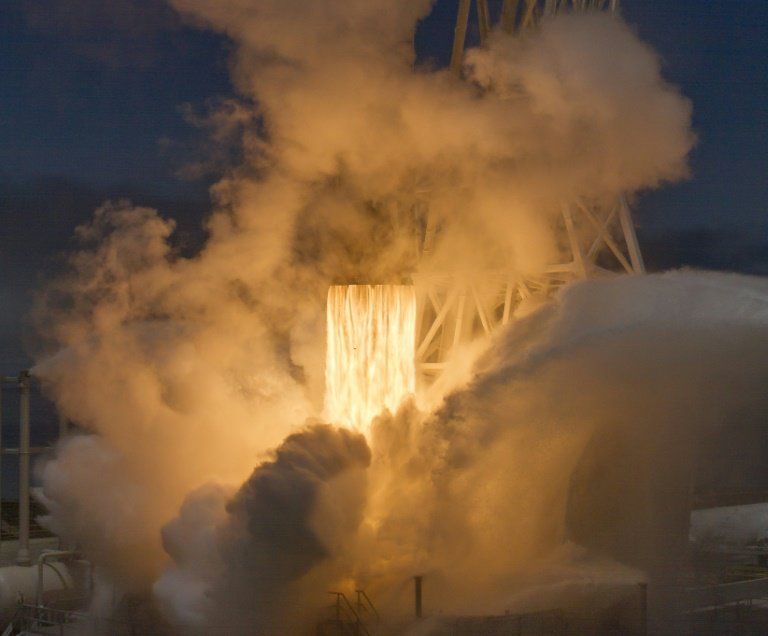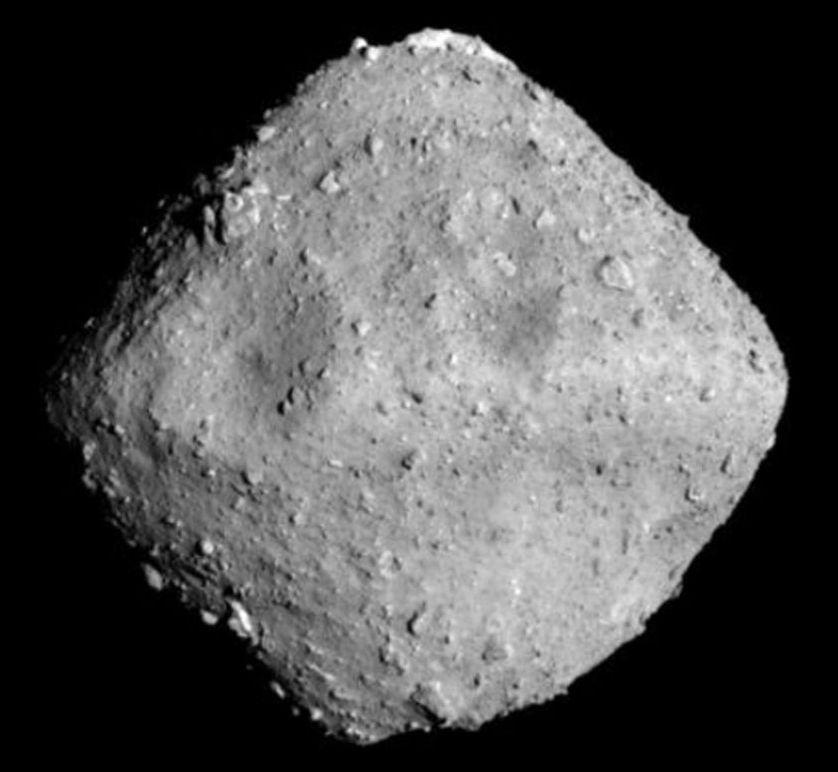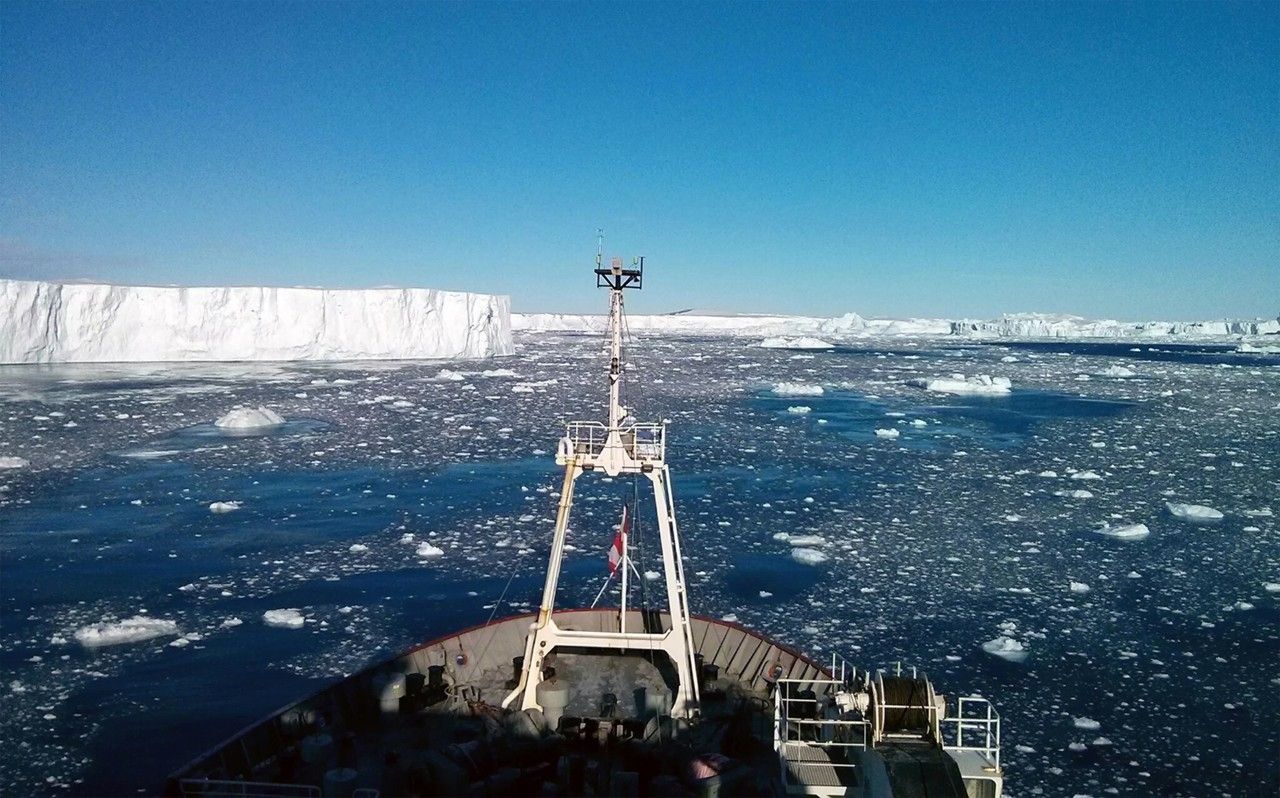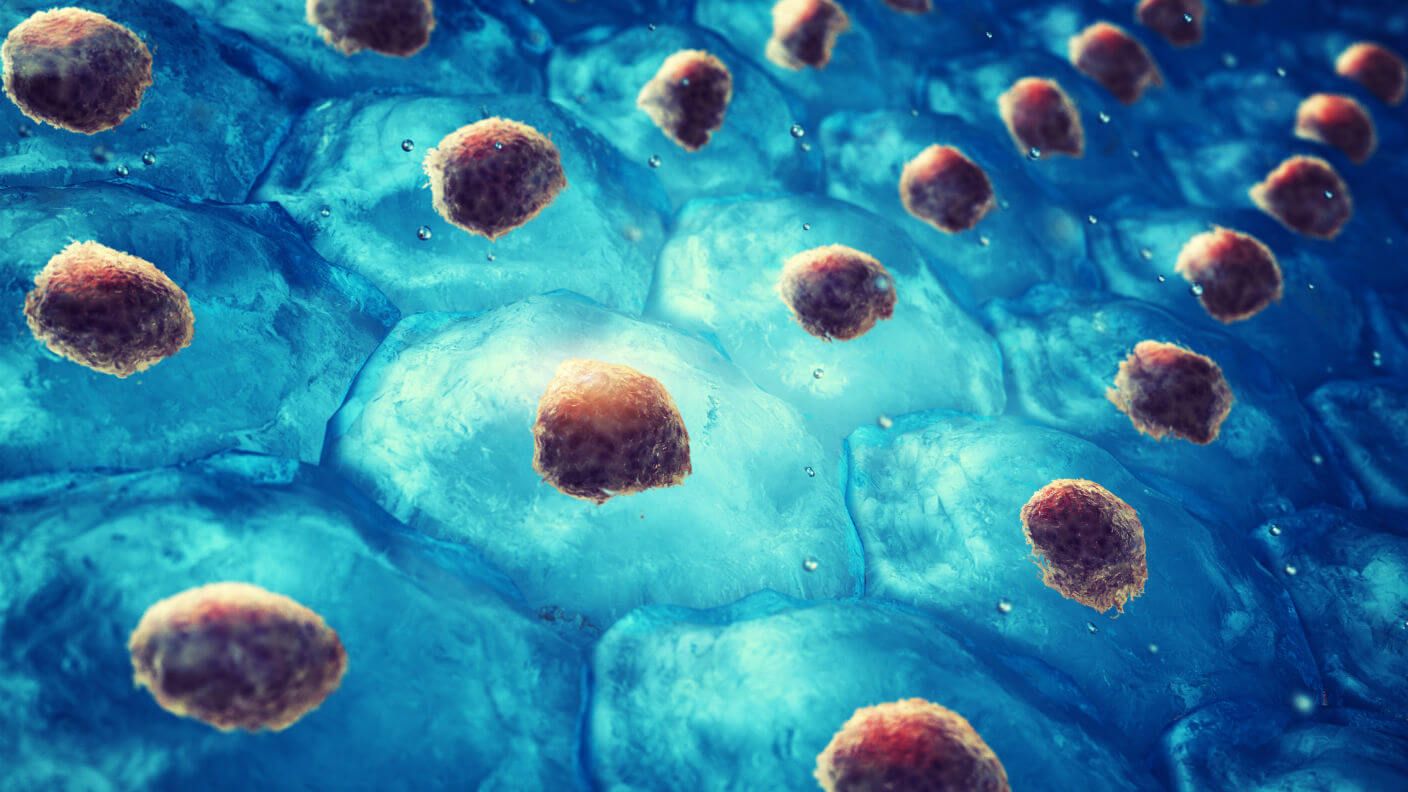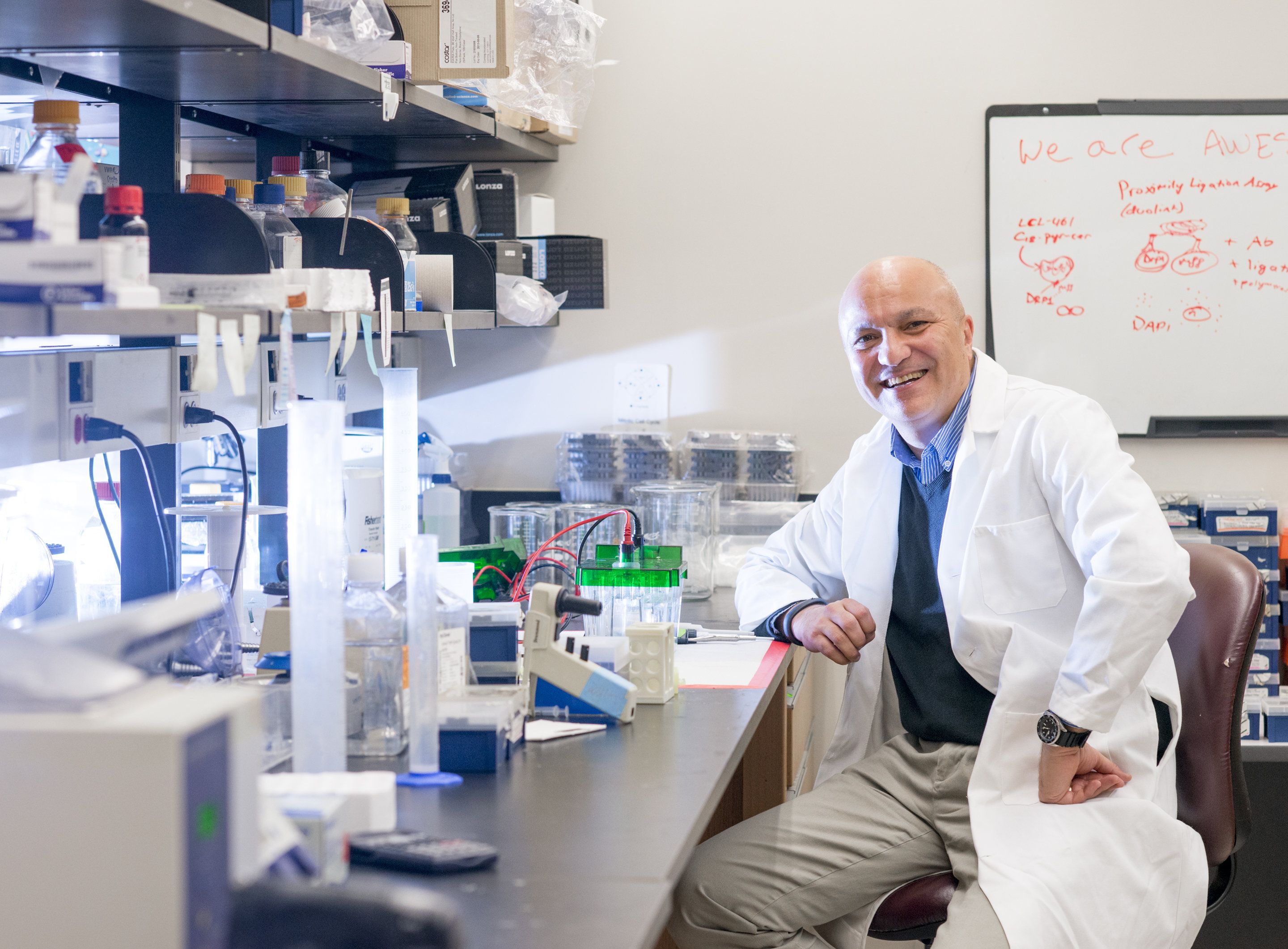Page 10063
Jun 27, 2018
3D printed homes and pods of Martian rock, is this what life will look like on Mars?
Posted by Klaus Baldauf in categories: 3D printing, computing, Elon Musk, habitats, holograms, space, virtual reality
ELON MUSK wants to plump humans on Mars by 2024 and the first batch of settlers could live in 3D-printed home pods that pack hologram computers.
You’ll be able to tour the Red Planet habitat in virtual reality and view a scale model of the sci-fi living space at the Goodwood Festival of Speed next month.
Jun 27, 2018
Explore the Solar System in Augmented Reality with Mini Planet Models
Posted by Genevieve Klien in categories: 3D printing, augmented reality, robotics/AI, space
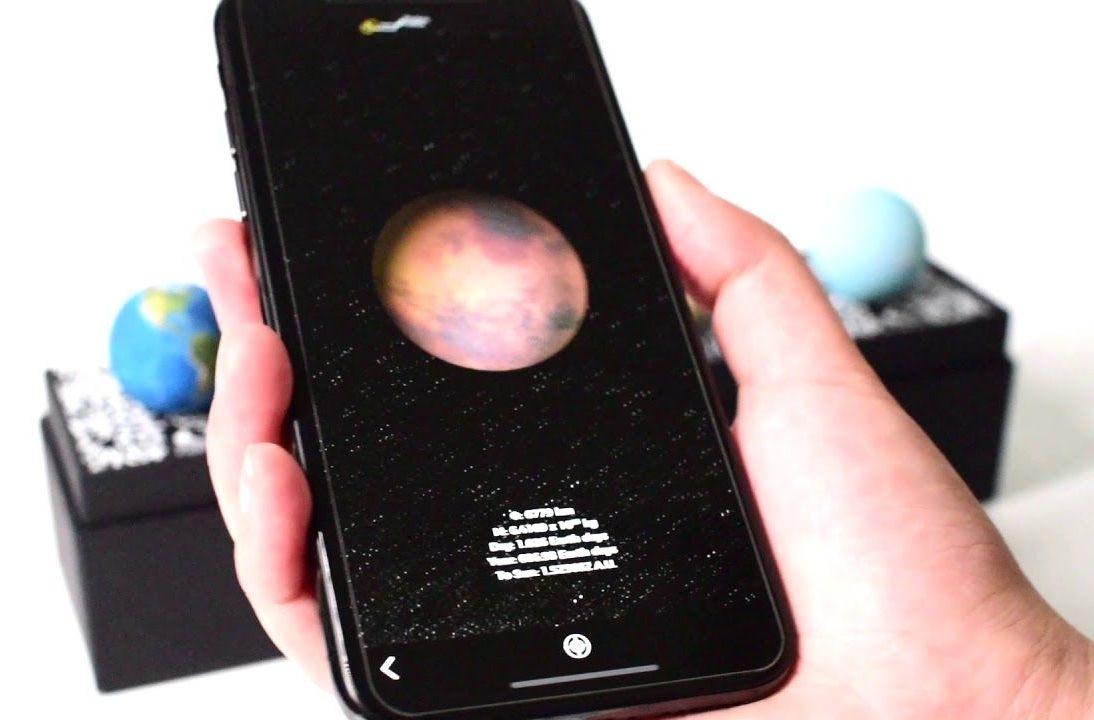
Ever wish you could visit other planets in our solar system without launching on a deep-space mission? Now you can embark on an interplanetary adventure right from the palm of your hand, thanks to gorgeous, 3D-printed planet models and an augmented-reality (AR) app.
Brought to you by AstroReality, the same company that created the “Lunar” AR moon model and its new Earth counterpart, this set includes miniature models of all eight planets and one model of the dwarf planet Pluto. Each model is 1.2 inches (3 centimeters) in diameter and color-printed with a resolution of 0.1 millimeter per pixel.
Continue reading “Explore the Solar System in Augmented Reality with Mini Planet Models” »
Jun 27, 2018
The rockets that are pushing the boundaries of space travel
Posted by Genevieve Klien in category: satellites
Friday morning at 5:24 am (0924 GMT), a rocket owned by the US company SpaceX will blast off from Florida carrying two and a half tons of gear from NASA, only to dock three days later and 250 miles (400 kilometers) above Earth at the International Space Station.
The rocket itself is not new. It launched a NASA satellite into orbit two months ago, then landed back on Earth—upright—on a barge in the Atlantic Ocean off Cape Canaveral.
Even the Dragon capsule, carrying the cargo and affixed to the top of the rocket was used before, having flown a mission to the ISS in 2016.
Jun 27, 2018
Hell Yes, Japan’s Hayabusa2 Spacecraft Has Officially Entered Orbit Around the Ryugu Asteroid
Posted by Genevieve Klien in category: space travel
After nearly four years of traveling through space, the Hayabusa2 spacecraft has successfully rendezvoused with the Ryugu asteroid, the Japan Aerospace Exploration Agency confirmed Wednesday. Let the next stage of this historic sampling-and-return mission begin!
Earlier today, mission controllers at JAXA triggered Hayabusa2’s chemical propulsion thrusters, bringing the spacecraft into orbit around Ryugu, an asteroid that’s just shy of one kilometer (0.6 miles) wide. Confirmation of the rendezvous was made at 9:35 am Japan Standard Time (JST). JAXA says Hayabusa2’s thrusters worked normally, and that the spacecraft is maintaining a constant distance from Ryugu.
Jun 27, 2018
Antarctica’s big secret: Active volcanic heat found under Pine Island Glacier
Posted by Genevieve Klien in category: futurism
Researchers have made a shocking discovery under the Pine Island Glacier in Antarctica — an active volcanic heat source, which they say has played a “critical role” in the movement and melting of the glacier.
The scientists were looking at the role the ocean plays in causing glaciers to weaken when the discovery was made.
“We were looking to better understand the role of the ocean in melting the ice shelf,” Assistant Professor Brice Loose of Newport, R.I., a chemical oceanographer and lead author of the paper, said in a statement.
Continue reading “Antarctica’s big secret: Active volcanic heat found under Pine Island Glacier” »
Jun 27, 2018
Will US Make it to Mars as President Trump Signs New Directive for NASA and Mission Gets Ready
Posted by Ratnesh Dwivedi in category: science
The Mars-Home for Mission Specialists for next few months.Team includes India born Shawna Pandya
Representatives of Congress and the National Space Council joined President Donald J. Trump, Apollo astronaut Jack Schmitt and current NASA astronaut Peggy Whitson Monday, Dec. 11, 2017, for the president’s signing of Space Policy Directive 1, a change in national space policy that provides for a U.S.-led, integrated program with private sector partners for a human return to the Moon, followed by missions to Mars and beyond.
Lunar Sample 70215 was retrieved from the Moon’s surface and returned by NASA’s Apollo 17 crew. The sample is a basaltic lava rock similar to lava found in Hawaii. It crystallized 3.84 billion years ago when lava flowed from the Camelot Crater. Sliced off a parent rock that originally weighed 8,110 grams, the sample weighs 14 grams, and is very fine grained, dense and tough.
Jun 27, 2018
Transdifferentiation Can Create An Endless Supply of Brain Cells—And Fast
Posted by Manuel Canovas Lechuga in categories: biotech/medical, neuroscience
So what’s the catch?
For one, iPSCs can take months to make and the process is expensive. Furthermore, reverting cells back to a stem cell state wipes out their history, which is sometimes useful for studying disease progression.
In essence, iPSCs are the middlemen between one cell type and another. What if we could simply take out the middleman altogether?
Continue reading “Transdifferentiation Can Create An Endless Supply of Brain Cells—And Fast” »
Jun 27, 2018
Scientists find a link between cancer and aging inside our cells
Posted by Genevieve Klien in categories: biotech/medical, life extension
Scientists at Hollings Cancer Center at the Medical University of South Carolina have found that human lung cancer cells resist dying by controlling parts of the aging process, in results published online May 10th in the Journal of Biological Chemistry. The discovery could help us better understand aging and eventually could lead to new treatments for cancer.
Cancer becomes more common as people get older, but scientists are still searching for answers about why this happens. At Hollings Cancer Center, research into the connections between aging and cancer is led by Besim Ogretmen, Ph.D., SmartState Endowed Chair in Lipidomics and Drug Discovery. Ogretmen’s team found that cancer cells have specific ways to resist dying the way normal cells do. They do so by protecting the tips of their chromosomes, which hold our DNA, from age-related damage.
Ogretmen studies how cancer cells are different than normal cells to understand how cancer grows and spreads in the body. His work is part of an $8.9 million program project grant to research how alterations of lipid metabolism affect cancer therapy. The grant is helping fund a clinical trial of an anticancer medicine to inhibit cellular signaling that helps cancer survive. The drug was found to be useful against cancer in the research reported in the group’s new paper.
